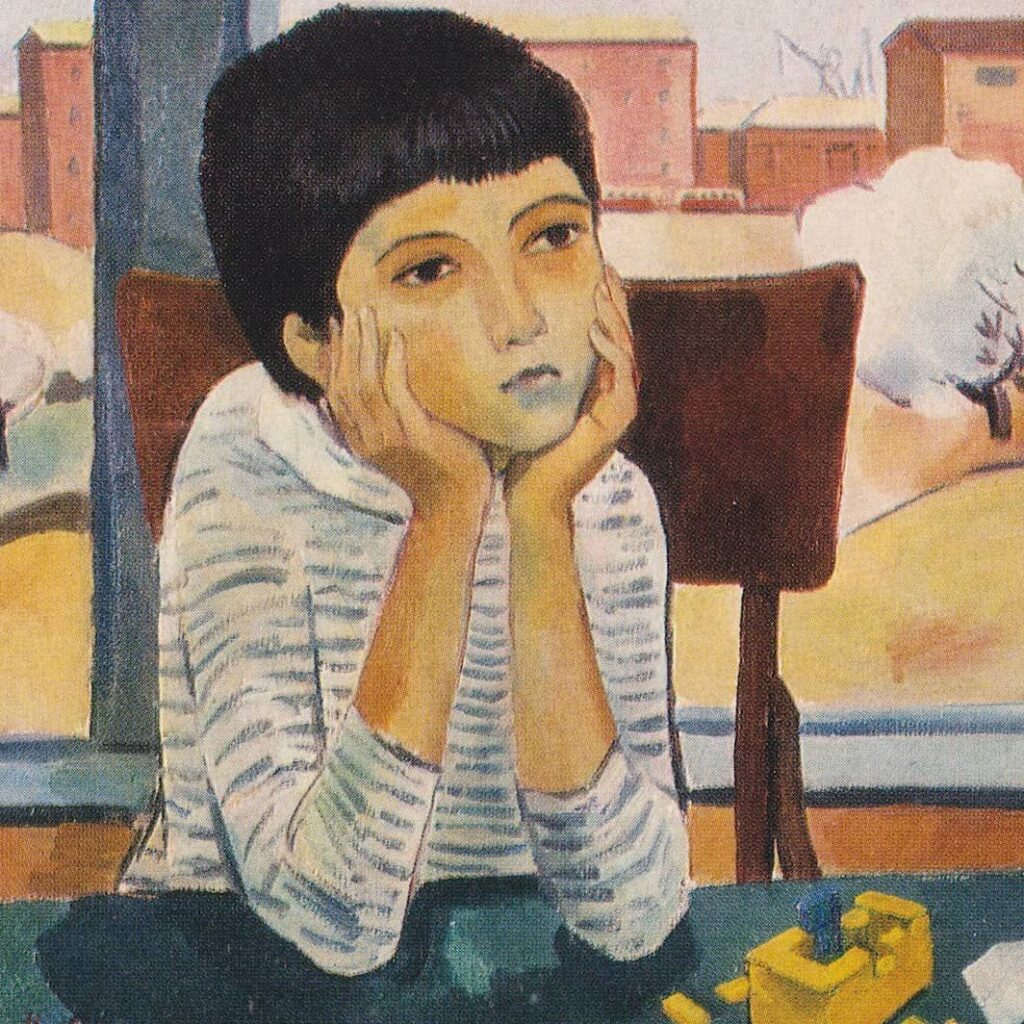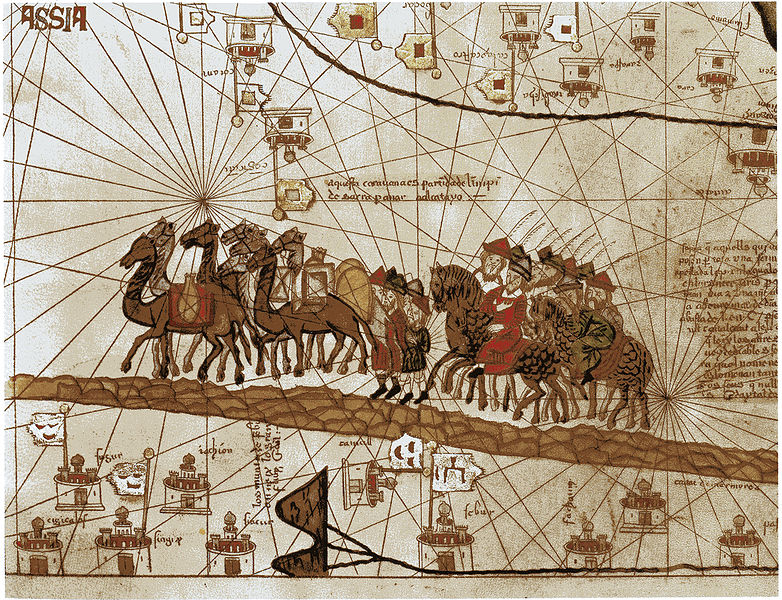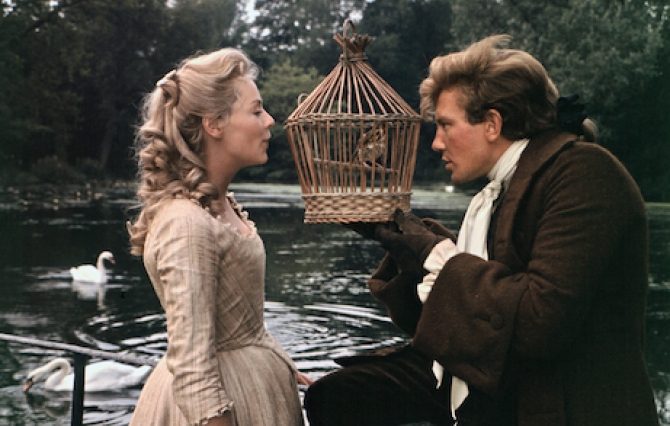Home » Posts tagged 'humor'
Tag Archives: humor
My Name Is Aram
William Saroyan
1940
(An open and curious boy growing up in an Armenian community in California encounters the rich quirkiness of his family and neighbors.)

Writing from the spirit of memory. Not a record of specific memories, but effortless intuitive writing that naturally conjures the ethos, tinged with wistfulness, that can accompany the distant remembrance of simpler times. This was the inspiration of William Saroyan as he sat down, and boom, suddenly there appears what would become his best loved book of stories. With all the intense effort I put into my other books, this one (I’m imagining he thought), the one that practically wrote itself, the one in which I warned readers that nothing extraordinary would happen, this is the one?! In his own incredulous (or perhaps disingenuous) words, he “does not believe this manner of writing is the way to get a message to go high-rolling down the ages”. Its greatest value, he thought (not without satire), would be to disqualify him for membership in prestigious literary societies. One can understand why he was thinking this way. In the second half of the 1930s, having risen to the top of the charts, so to speak, with his debut collection of stories including “The Daring Young Man on the Flying Trapeze”, all eyes were on William Saroyan. Surrounded by the effervescing produce of Hemingway, Steinbeck, Faulkner, Fitzgerald, the pressure was on Saroyan to be likewise that great writer. And he did have such ambitions for himself. Yet, something drove him when starting My Name Is Aram to leave society’s gauntlet where it was thrown… or else maybe to find a different way to pick it up. My hunch (with hardly any evidence to back it up) is that he looked at this literary world he had entered, and decided that one helpful thing he could do right away is to center or root himself—to ask himself what had been important in making him who he is. Then, to search that out, or to convey it, he sat back and reminisced (pen in hand) about his humble early life in the immigrant Armenian fruit-growing community of the San Joaquin Valley, California. His goal was not to expose the suffering of the poor or rail eloquently against social ills, not to decry materialism or the threat of fascism, not to create a work of stylistic genious. Rather, his goal was simply to paint vignettes of the sorts of characters that were his family and neighbors in pre-Depression Fresno—to smile at them, to paint them in a sympathetic light, and to draw gently from them what practical wisdom and wit influenced his own development and might be worth preserving for others. Thus we have the young Aram Garoghlanian. And as the author says of himself, though he might not be Aram, he is certainly not not Aram.
The History of Mr. Polly
H. G. Wells
1910
(A man of precisely 37.5 years of age can’t seem to find success or happiness in life… perhaps he has to do something drastic.)

“HOLE!” said Mr. Polly, and then for a change, and with greatly increased emphasis: “ ‘Ole!” He paused, and then broke out with one of his private and peculiar idioms. “Oh! Beastly Silly Wheeze of a Hole!”
Thus begins an entertaining fictional biography of a man who really needs a whack upside the head– one of several greats in that odd subgenre– Tom Jones, Babbitt, and Updike’s Rabbit series, for examples. (H. G. Wells writing fictional biography? In a contemporary setting? This might surprise those of us, such as myself, who had equated him with science fiction and socialist nonfiction. But anyway…) Our protagonist is an endearing and vivid, if frustrating character, who hides his depression with funny one-liners and his poor education with deliberate mispronunciations. And, as with many colorful characters in real life, beneath the wit cowers a man who hasn’t a clue where he’s going. His path through life is that of a flat boat with untethered sails– he might as easily plummet to his death over a waterfall as drift into a homely port. Or, to use Alfred Polly’s own metaphor, he’s in a hole. And no amount of quaint phrasing and amusing epithet, no ability to make women giggle, and no success as a shopkeeper is going to hoist him out of it.
The Travels
(Il Milione)
Marco Polo
(with Rustichello of Pisa)
1299
(An Italian explorer treks fearlessly into the unknown East, and discovers astonishing cultures and kingdoms no European had ever seen).

We are fortunate that Marco Polo lived long enough and expended the energy to record the greatest travels ever performed by any man to his time and for very long afterwards. He dictated– apparently from memory– his adventures to a romance-writer Rustichello of Pisa while they were prisoners of war in Genoa. No repetitive or trivial diarizing here—this is a very entertaining work, often fascinating and at times hilarious. I am struck, as Polo was, by the variety of customs observed in the many areas through which he trekked. I am also intrigued by the amount of wealth those in power were able to amass; such wealth that Kublai Khan, for the prime example, could romp in several sumptuous palaces with manicured grounds and scenic paths like those of the richest modern European monarch. It surely seems that the book’s two repeated claims may well be true: that Marco Polo had traveled further and knew more of the world than any other man who had ever lived; and that the Mongol empire under Kublai Khan was the largest empire in subjects and geographical area ever to have existed.
Tom Jones
Henry Fielding
1749
(Tom really wants to be good for the sake of his love Sophia, but his nature keeps getting in the way!)

It is prudent to be morally pure– there can be weighty unseen consequences to any moral failure. Fielding’s signature novel has this ponderous theme, and yet manages not to be at all heavy-handed but funny, colloquial, at times bawdy, ironic, rollicking. The theme is kicked here and there and tossed around like a ball, but it is pervasive nonetheless: throughout this History of Tom Jones, A Foundling, from his birth to the point at which he finally comes to the beginning of what promises to be a good and happy life with Sophia, all of Tom’s sundry dilemmas and anguishes are a result of his own moral weakness. Although an otherwise upstanding and honorable individual, poor Tom cannot seem to surmount two kinds of temptation: to lust and to folly. He repeatedly places himself into compromising situations with women that– even if Fielding’s presentation of them makes us smirk– only prove disastrous to him through his family or his beloved. Also, to achieve his goals he often resorts to schemes that involve some deceit; they always backfire on him in the worst way imaginable. We see Tom, and rightly so, as a victim of Fortune throughout the book; but he lays himself open to Fortune’s whims by his actions, and so he has lured his own fate. No elements of the plot of this book are foreign to this theme.



Twain’s stories
February 9, 2015 / Leave a comment
Mark Twain (Samuel Clemens)
1865-1890
(A champion of common sense and nonsense casually delivers his colorful yarns, witty satires, and twisty dramas.)
Sitting with Mark Twain when he’s in a storytelling mood, we get to know the man—or at least he leads us to believe we get to know him. He lets us in on private jokes; he talks to us freely and without affected polish, perhaps puffing on his pipe in the middle of a sentence; and he doesn’t mind making clever offhand remarks about even the touchiest of matters. And, to reciprocate the casual friendship, we allow him to wander on tangents, even if it prevents him from ever getting to his point; and we don’t let on that we mind when he decides not to tell us the end of a story, or when he makes fun of something that we happen to like; and, especially, we just don’t get too critical with him in general. Since Twain’s favorite literary pastime is to smirk at people who take themselves too seriously, when we take him too seriously the joke is on us! Besides, the path of his narrative, though unpredictable, is as organic and spontaneous as a stream– who can criticize a stream?
(more…)